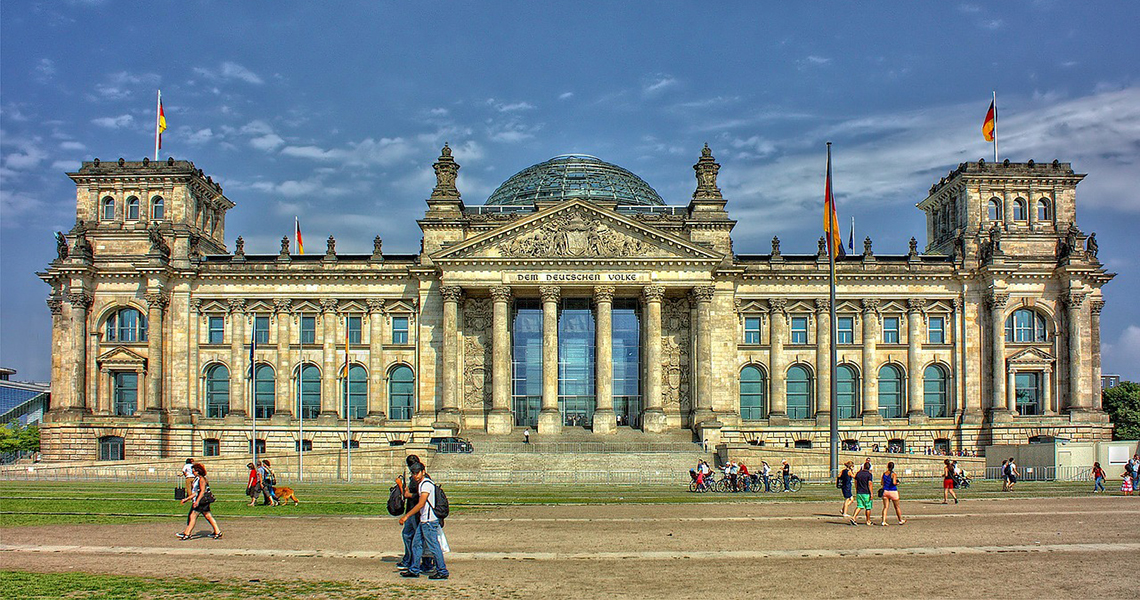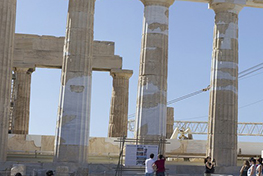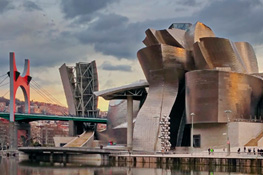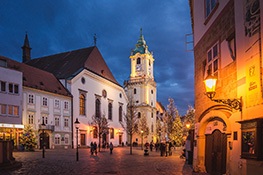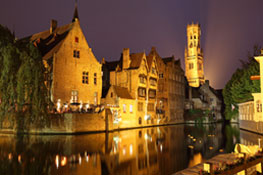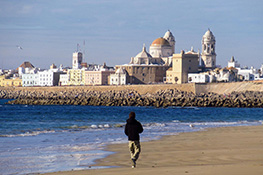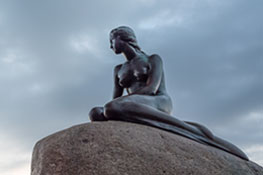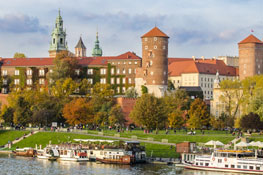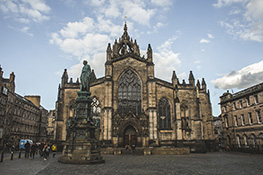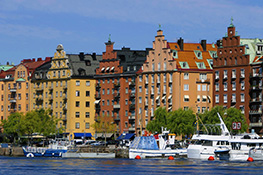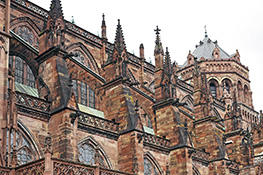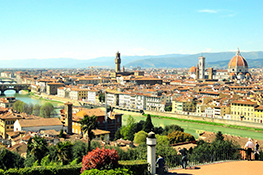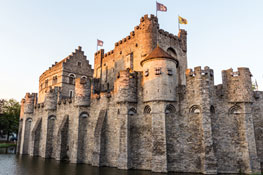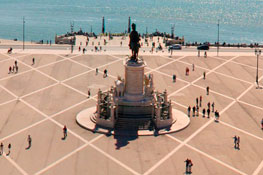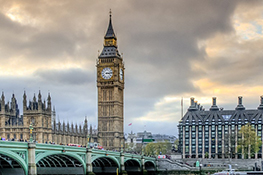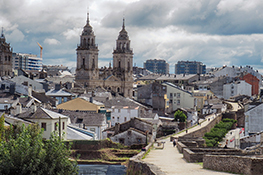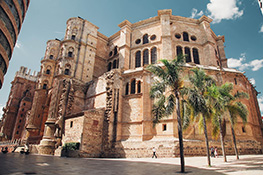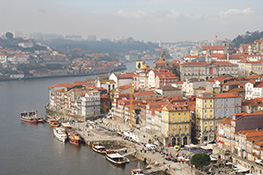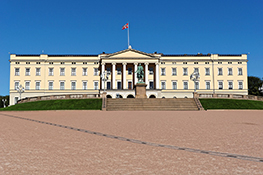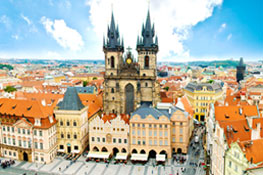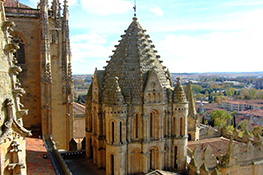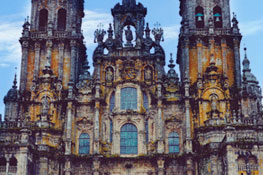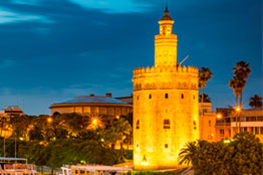Tens of thousands of books, fiction films, and documentaries deal with the 12 years that Adolf Hitler and his Nazi clique held power in Germany, provoking the most apocalyptic conflict of all time: the Second World War, which claimed the lives of more than 50 million people. As well as discovering its countless artistic treasures and enjoying its varied cultural offerings, a visit to Berlin allows you to see some of the most emblematic places of the National Socialist terror regime in situ.
The saying goes that you have to learn about history to avoid repeating the same mistakes, and a tour of Nazi Berlin is an excellent way to do just that.
Here are the must-see sights you should not miss on asightseeing tour of Nazi Berlin.
The Bundestag
The German Parliament stands on the foundations of the former Reichstagin the centre of the city. It was built after German unification in the late 19th century, during the period known as the Second Reich.
After coming to power in 1933, Hitlerordered the burning of the building, blaming communists and social democrats, and using the occasion to declare a state of emergency and suspend all constitutional guarantees. TheReichstag fire marked the beginning of the Nazi dictatorship, whose party had come to power through democratic elections.
Today its modern dome, designed by Norman Foster, is one of the symbols of the city, although it has nothing to do with the old building.
At its foot are 96 steel plaques, dedicated to each of the opposition parliamentarians who were murdered on the orders of the Nazi government.
Memorial to the Gypsy Victims of Nazism
Located in Tiergarten, this is a monument in the shape of a well, over which stands a triangle, the same triangle that the prisoners of the infamous concentration camps had to wear. The work of artist, Dani Karavan, is a tribute to the half a million Roma who are estimated to have been exterminated by the Nazi regime.
Berlin Soviet Soldiers' Memorial
Also located in Tiergarten, the Soviet War Memorial is the city's tribute to the more than 80,000 Soviet Union soldiers who gave their lives in the Battle of Berlin in 1945. The memorial was built in the same year.
German Resistance Memorial Museum
Built in 1980 south of the Tiergarten, on the very spot where Stauffenbergand other members of the coup d'état of 20 July 1944 were executed, when a group of German military officers tried unsuccessfully to end the lives of Adolf Hitler and his general staff, replacing the Nazi elites in power. Originally intended as a memorial to these soldiers, its symbolism extended to the rest of the German resistance to the National Socialist regime throughout its macabre rule, including the White Rose, Communists, Social Democrats, and various Protestant churches.
Jewish Memorial
A must-see when visiting Berlin, and shocking in its significance, is the Memorial to the Murdered Jews of Europe, also known as the Holocaust Memorial, which pays tribute to the more than 6 million Jews exterminated by the so-called Final Solution.
It extends over some 19,000 square metres, on which, 2711 concrete slabs are set. The work of Peter Eisenmanand Buro Happold, was inaugurated in 2004 and features the names of all the known victims of the Holocaustin an underground section.
No tour of Berlin would be complete without a visit to this impressive mausoleum, which commemorates the greatest crime against humanity ever known.
You can visit it one block south of the Brandenburg Gate.
Georg Elser Memorial
Located at 49 Wilhelmstrasse, it is a tribute to the communist carpenter who tried to kill Adolf Hitler in the Bürgerbräukeller brewery in Munich by planting a bomb on8 November 1939. After the failed attempt, he was captured at the Swiss border and finally executed on 9 April 1945.
The 17-metre-high monumentdepicts the face of Georg Elser.
The Chancellery of the Third Reich
The Chancellerybuilding was designed by the architect and Nazi minister Albert Speer in 1938. It was located at 77 Wilhelmstrasse and was the main centre of power of the Third Reich. To prevent it from becoming a place of pilgrimage for neo-Nazis, the building was completely demolished, and the former site is now occupied by office buildings.
Hitler's Bunker
The place where the Nazi dictator ended his days on 30 April 1945 was located in the basement of the Chancellery. Completely destroyed, today only a plaquecan be seen inside a car parkindicating where it was located.
Visiting Berlin, one of the most cosmopolitan and modern cities in Europe, is also a way of entering the heart of the darkness of history, through places that remind us that, not so long ago, a bestial regime was on the verge of dominating the world. We must never forget this because, as Bertolt Brecht said: "The womb of the Beast is still fertile".

